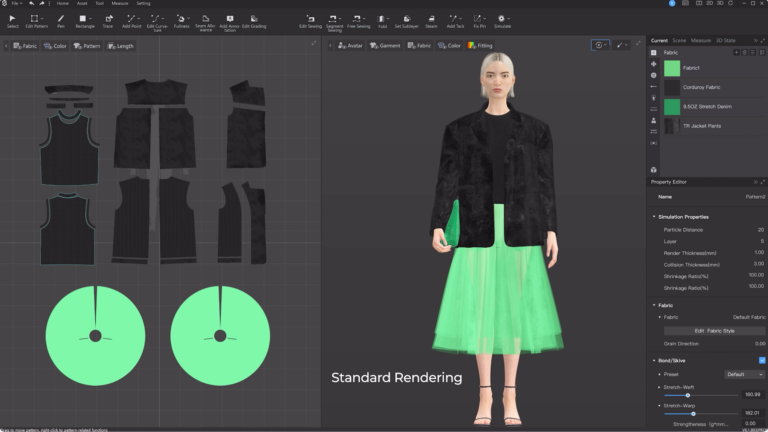10 Practical Uses of Rain Gauges: From Agriculture to Weather Monitoring
10 Practical Uses of Rain Gauges: From Agriculture to Weather Monitoring
Rain gauges are essential tools for measuring precipitation accurately. They serve a wide range of practical purposes across multiple sectors. Here, we explore ten key applications that highlight their importance.
Agricultural Irrigation Management
Farmers rely on rain gauges to optimize water usage. By tracking rainfall, they can schedule irrigation efficiently, reducing water waste and supporting crop health.
Weather Forecasting and Monitoring
Meteorologists use these devices to collect data for accurate weather predictions. Consistent rainfall measurement helps in analyzing climate patterns.
Hydrological Studies
Researchers employ rain gauges in hydrology to assess water cycles, flood risks, and watershed management. This data is vital for environmental conservation.
Urban Drainage System Design
Engineers integrate rainfall data from gauges to design effective drainage systems, preventing urban flooding and infrastructure damage.
Gardening and Landscaping
Home gardeners use rain gauges to maintain optimal soil moisture, ensuring plants thrive without overwatering. It’s a simple tool for sustainable gardening.
Disaster Preparedness
In flood-prone areas, rain gauges provide early warnings, enabling communities to take preventive measures and enhance safety protocols.
Educational Purposes
Schools incorporate rain gauges into science curricula, teaching students about meteorology, data collection, and environmental science through hands-on learning.
Golf Course Maintenance
Course managers monitor precipitation to adjust watering schedules, maintaining turf quality while conserving water resources effectively.
Research and Climate Analysis
Scientists use long-term rainfall data to study climate change trends, contributing to global environmental research and policy-making.
Water Resource Management
Municipalities leverage rain gauge data to manage water supplies, plan reservoirs, and ensure sustainable usage for populations.
Personal Weather Stations
Enthusiasts set up home weather stations with rain gauges for hobbyist tracking, sharing data with communities for broader analysis.
Frequently Asked Questions
How does a rain gauge work?
It collects precipitation in a calibrated tube, allowing measurement of rainfall depth over time.
Why are there different types of rain gauges?
Variations like manual and digital gauges cater to different accuracy needs and applications, from home use to professional meteorology.
Take Action Today
Implementing a rain gauge can enhance your projects—whether in farming, education, or sustainability. For more insights, explore the 10 uses of rain gauge and start optimizing your water management strategies now!
